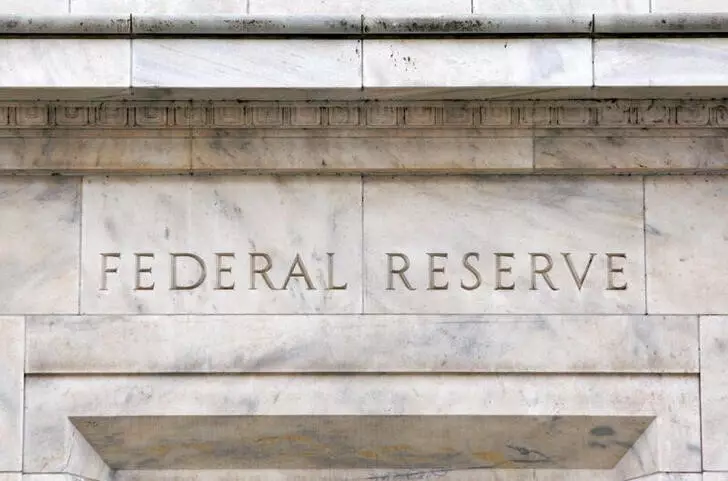On Wednesday, the U.S. Federal Reserve embarked on a new path of monetary easing, lowering its benchmark interest rate to a range of 4.75% to 5.0%. This marks a significant shift as it represents the first decrease since March 2020. Analysts and market watchers are left to ponder whether the Fed is carefully navigating through an economic landscape that, while vibrant, may harbor unseen pitfalls. Historically, rate-cutting measures by the Fed often emerge in response to financial crises, typically leading to tighter credit conditions and subsequent recessions. However, the current scenario suggests a departure from this pattern.
Yardeni Research, in a recent analysis, highlights an important divergence from past Fed behaviors. Generally, the Federal Open Market Committee (FOMC) has reduced interest rates in response to economic downturns. Since 1960, the average easing cycle has seen the funds rate slashed by over 500 basis points (bps). Following this latest cut of 60 bps, the futures market is speculating that an additional 200 bps of cuts could follow in the next year. Yet, the Fed is navigating a tricky environment, as previous rate reductions typically initiated from substantially higher interest levels.
Moreover, the 1995 easing cycle is notable for its caution; during that phase, the Fed opted for only 25 bps cuts at a time, a method that fostered a soft landing for the economy. In light of this, the current strategy raises pertinent questions about the wisdom of aggressive rate cuts. Could the Fed be overly eager, potentially igniting an economic boom that spirals into inflationary pressures?
The concern, as posited by Yardeni Research, is that too swift a reduction in the federal funds rate could propel the economy into an unsustainable growth phase. Such a scenario might result in robust increases in real GDP coupled with inflation risks—reminiscent of the overheated economy seen in the late 1990s. The possibility of a stock market melt-up, akin to that era’s speculative bubbles, looms large in the minds of investors and policymakers alike.
As the Fed executes these rate changes, it balances the desire to stimulate growth against the potential for economic overheating. The relationship between interest rates and inflation is notoriously complex; thus, even with careful planning, outcomes can be unpredictable.
The Federal Reserve’s recent rate cuts open a contentious dialogue about the proper course of action in an evolving economic climate. While the intent is to foster growth and stability, the risks associated with aggressive easing are manifold and could have long-ranging effects on both the economy and the financial markets. As we watch the developments unfold, the Federal Reserve must proceed with caution, ever mindful of the historical precedents and potential pitfalls that accompany monetary policy adjustments. The path ahead is fraught with uncertainty, yet essential to ensure a resilient economic future.

